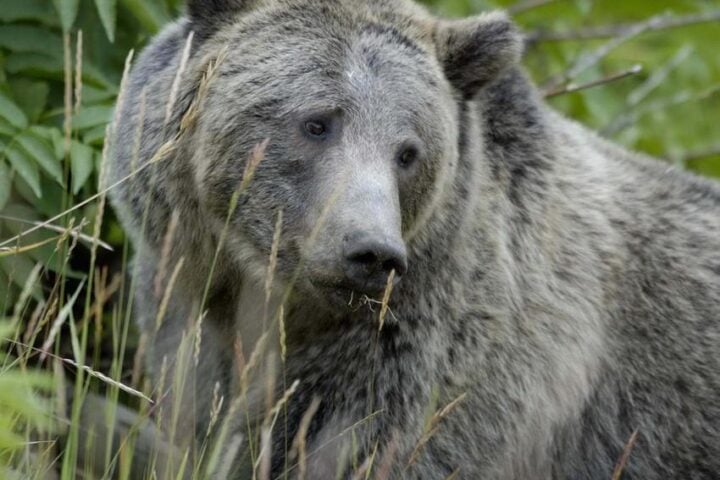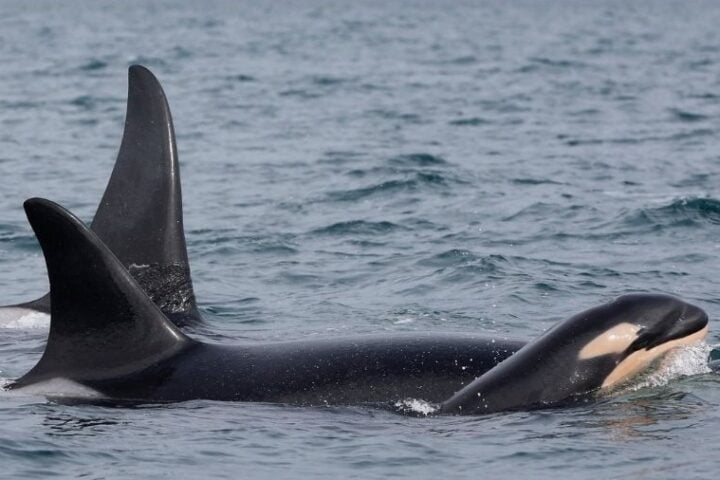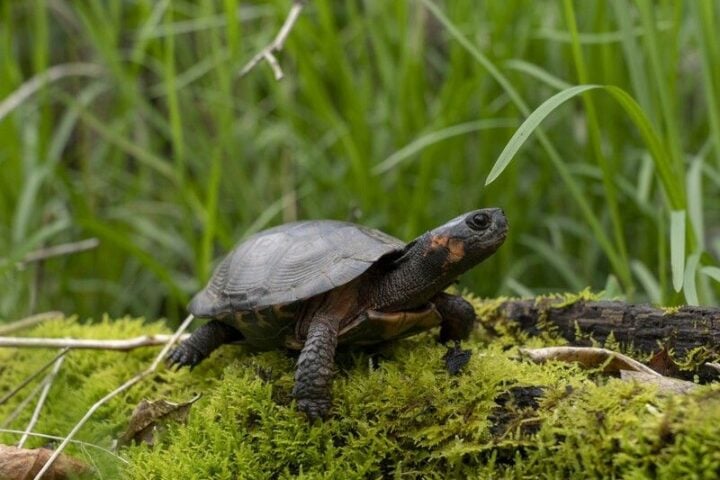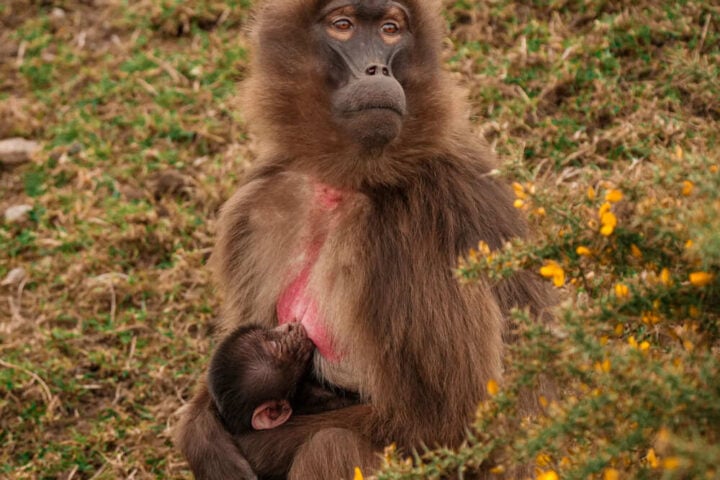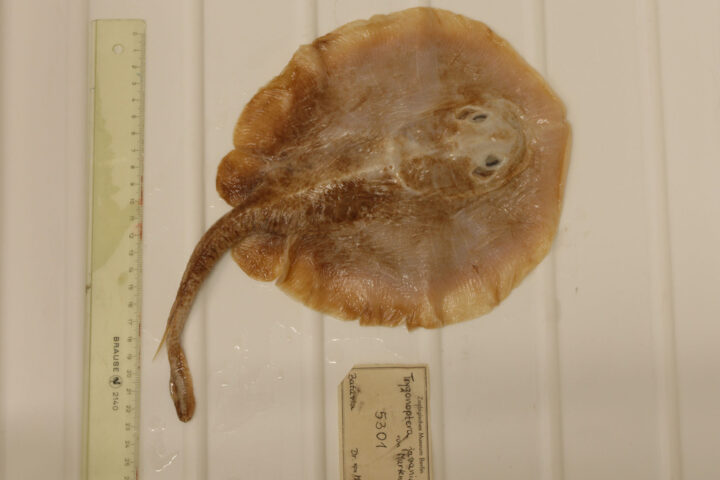In December of 2024, South Australia casted a vital conservation net for its marine biodiversity by implementing new laws to protect sharks and rays coming. The regulations, spearheaded by the Department of Primary Industries and Regions (PIRSA), represent a watershed moment in elasmobranch conservation in Australian waters.
For decades, we have been witnessing alarming declines in shark and ray populations worldwide. These creatures have 400 million years of evolutionary history and now they face unprecedented anthropogenic pressures. South Australia’s response demonstrates a growing recognition that these apex predators require immediate safeguards if marine ecosystems are to maintain their integrity.
The new rules establish a three-tiered protection framework, meticulously calibrated to species’ conservation status and population resilience. Most significantly, both commercial and recreational fishers are now prohibited from taking specified endangered or critically endangered taxa, including the Whitefin Swellshark (Cephaloscyllium albipinnum), Oceanic Whitetip Shark (Carcharhinus longimanus), Green Sawfish (Pristis zijsron), Greeneye Spurdog (Squalus chloroculus), Southern Dogfish (Centrophorus uyato), Basking Shark (Cetorhinus maximus), and Grey Nurse Shark (Carcharias taurus).
The protections extend to entire taxonomic groups as well—all stingarees of genus Urolophus (including Coastal Stingaree) and all skate species of genus Dipturus or Dentiraja (including Grey Skate) now fall under complete protection. This taxonomic approach represents a more comprehensive conservation strategy than the species-by-species regulations we’ve often seen implemented elsewhere.
For vulnerable but not yet endangered species, recreational fishers face strict bag limits. A combined daily take of just one specimen is permitted across eleven specified vulnerable species: Common Thresher (Alopias vulpinus), Shortfin Mako (Isurus oxyrinchus), Melbourne Skate, Broadnose Sevengill Shark (Notorynchus cepedianus), Hammerhead Shark, Smooth Stingray (Bathytoshia brevicaudata), Black Stingray (Bathytoshia lata), Bigeye Thresher (Alopias superciliosus), Bronze Whaler (Carcharhinus brachyurus), Dusky Whaler (Carcharhinus obscurus), and School Shark (Galeorhinus galeus).
For all other shark and ray species not otherwise specified, a combined bag limit of two has been established. Additionally, maximum size limits now protect the breeding stock of five ray species: Southern Eagle Ray (Myliobatis tenuicaudatus), Smooth Stingray, Black Stingray, Southern Fiddler Ray (Trygonorrhina dumerilii), and Western Shovelnose Ray (Aptychotrema vincentiana).
These regulations came in response to a concerning pattern of incidents that shocked local communities. In January 2024, beachgoers discovered a large eagle ray at Brighton Beach with its wings deliberately cut off. Similar distressing finds occurred in 2021, including an eagle ray with fillets removed and its tail severed. These acts of mutilation catalyzed public sentiment against such practices.
The new rules explicitly prohibit “intentional damage and mutilation of non-noxious aquatic resources that aren’t being retained,” addressing this troubling behavior directly. Violations incur an expiation fee of A$315, with maximum penalties reaching A$20,000 for repeated offenses after court proceedings.
Notably, five of the protected species—Whitefin Swellshark, Greeneye Spurdog, Longnose Skate, Grey Skate, and Coastal Stingaree—are endemic to Australian waters, making their conservation a matter of global significance. Extinction of these species in Australian waters would represent a global extinction event, resulting in the permanent loss of evolutionary lineages that developed in isolation over millions of years.
As Dr. Leonardo Guida, shark scientist at the Australian Marine Conservation Society (AMCS), noted, “These endemic species, found only in Australia, are as unique as a koala and in just as much trouble, if not worse. It’s encouraging to see South Australia taking the lead to protect our threatened sharks and rays and it bodes well for the future of not just the sustainability of SA-managed fisheries but the recovery of our most unique and endangered species.”
Similar Posts
The regulations maintain existing gear restrictions designed to reduce bycatch and injury. In metropolitan waters from the southernmost breakwater at Outer Harbor to Lady Bay Shacks (south of Normanville), from 5 am to 9 pm, fishers cannot use wire trace, monofilament trace exceeding 1 mm in diameter, hooks with a length greater than 56 mm or a gape greater than 23 mm, or combination/gang hooks. Statewide, there’s a prohibition on simultaneously using wire trace with a gauge of 2 mm or greater alongside fishing hooks of size 12/0 or greater.
PIRSA has also published detailed handling guidelines, emphasizing the use of non-stainless steel circle hooks (which eventually dissolve if left in an animal), wire cutters, soft knotless landing nets, and appropriate release techniques. The agency advises minimizing handling time and air exposure, supporting the animal’s body properly if handling is necessary, and returning unwanted catch to the water immediately.
Barry Brown, Deputy Chair of RecFish SA, endorsed the regulations, noting, “RecFishSA supports the ethical and humane treatment of all aquatic species, including sharks and rays, as do the vast majority of recreational fishers. Inappropriate handling of sharks and rays is unacceptable, and the proposed new regulations should make this evident to the very small minority who mistreat these species.”
He added a pragmatic perspective on implementation: “Most caught sharks and rays are released, and RecFishSA recommends that they be released quickly and unharmed. There is no excuse for mutilating these creatures.”
Clare Scriven, Minister for Primary Industries and Regional Development, emphasized the ecological imperative: “Sharks and rays play an important role in our aquatic ecosystem and as such are of high conservation concern. The ethical and humane treatment of sharks and rays is vital to their survival and conservation and of interest to the broader community.”
A significant limitation of these protections is their geographic scope. The regulations apply only within South Australia’s state waters, extending approximately 5 kilometers from shore. Beyond this boundary, in Commonwealth-managed waters, many of these species remain vulnerable to fishing pressure.
Lawrence Chlebeck, marine biologist at Humane Society International Australia, highlighted this jurisdictional gap: “It’s great these shark and ray species are now protected in South Australia, but it’s alarming that outside the state’s waters, these species can be legally caught and sold for their meat, commonly referred to as ‘flake’ in your fish and chips.”
Conservation organizations are advocating for federal protection under Australia’s Environment Protection and Biodiversity Conservation (EPBC) Act. These groups have nominated several species for listing, including the Whitefin Swellshark and Longnose Skate as Critically Endangered and the Greeneye Spurdog and Grey Skate as Endangered. A decision from the Australian Government is expected before March 2026.

Sarah Cameron from The Shark and Ray Collective praised South Australia’s leadership, noting the regulations would help protect a distinctive population of eagle rays at Seacliff and Brighton beaches: “These animals are coming in, people feed them, and people are noticing them more. People are sharing this kind of stuff, and we want this wildlife and these marine populations to go back up. They’re slow growing and it takes them a longer time to get to where they can actually reproduce.”
These protections represent an important step toward sustainable management of South Australia’s marine resources, balancing the needs of fishers with the imperative to conserve vulnerable species. The regulations acknowledge both the ecological significance of sharks and rays and the ethical considerations surrounding their treatment – a dual approach that may well serve as a model for other jurisdictions grappling with similar challenges.
Frequently Asked Questions
South Australia has implemented a comprehensive three-tiered protection framework for sharks and rays, effective December 2024. The regulations include complete fishing bans for endangered species, strict bag limits for vulnerable species, and new rules against mutilation of these marine animals. The protections cover several endangered species like the Whitefin Swellshark and Oceanic Whitetip Shark, as well as entire taxonomic groups including all stingarees of genus Urolophus and skate species of genus Dipturus or Dentiraja.
These protections are necessary due to alarming global declines in shark and ray populations. Many of the protected species have faced significant population decreases due to fishing pressure and habitat degradation. Of particular concern are five endemic species that exist nowhere else but Australian waters, making their conservation globally significant. Additionally, several disturbing incidents of animal mutilation at South Australian beaches prompted regulatory action to prevent such mistreatment.
Violations of the new regulations incur an immediate expiation fee of A$315. For repeated offenses or more serious violations, penalties can reach up to A$20,000 after court proceedings. The regulations specifically prohibit “intentional damage and mutilation of non-noxious aquatic resources that aren’t being retained,” directly addressing the concerning incidents of mutilation that had been reported at South Australian beaches.
Recreational fishers now face strict catch limits and new handling requirements for sharks and rays. They are completely prohibited from taking specified endangered species, limited to one specimen per day across eleven vulnerable species, and a maximum of two specimens for all other shark and ray species. There are also gear restrictions in metropolitan waters during daylight hours, including limitations on hook sizes, wire trace, and gang hooks. Additionally, PIRSA has published detailed guidelines on proper handling and release techniques.
The primary limitation is geographic scope—the regulations only apply within South Australia’s state waters, which extend approximately 5 kilometers from shore. Beyond this boundary, in Commonwealth-managed waters, many of these species remain vulnerable to fishing pressure. Conservation organizations are advocating for federal protection under Australia’s Environment Protection and Biodiversity Conservation (EPBC) Act to address this jurisdictional gap and provide more comprehensive protection.
The regulations have received support from both recreational fishing organizations and conservation groups. RecFish SA has endorsed the regulations, stating that ethical treatment of sharks and rays aligns with the values of most recreational fishers. Conservation organizations like the Australian Marine Conservation Society and Humane Society International Australia have praised South Australia’s leadership while advocating for even more comprehensive federal protections. The regulations aim to balance the needs of fishers with conservation imperatives, creating a framework that may serve as a model for other jurisdictions.
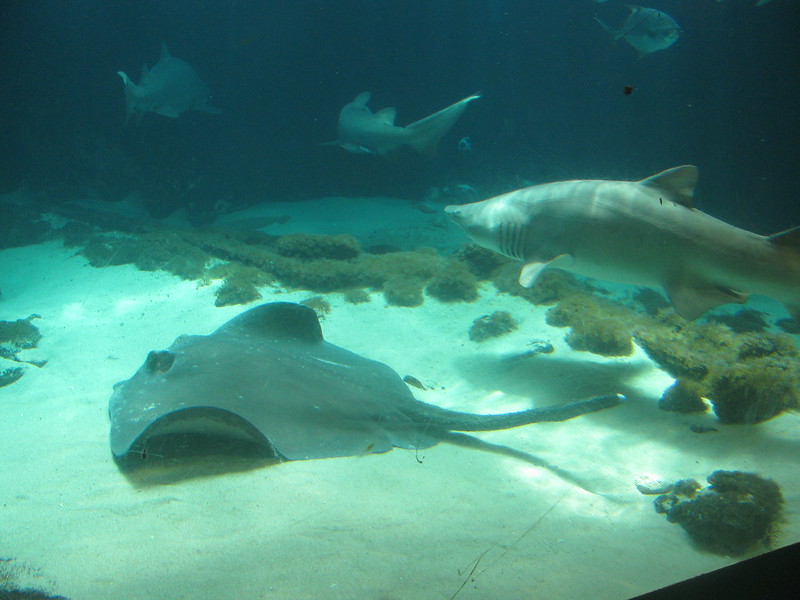

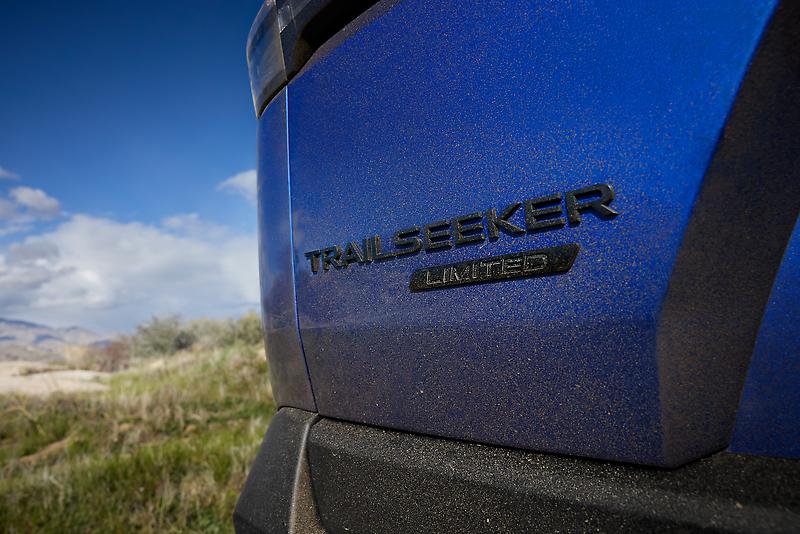

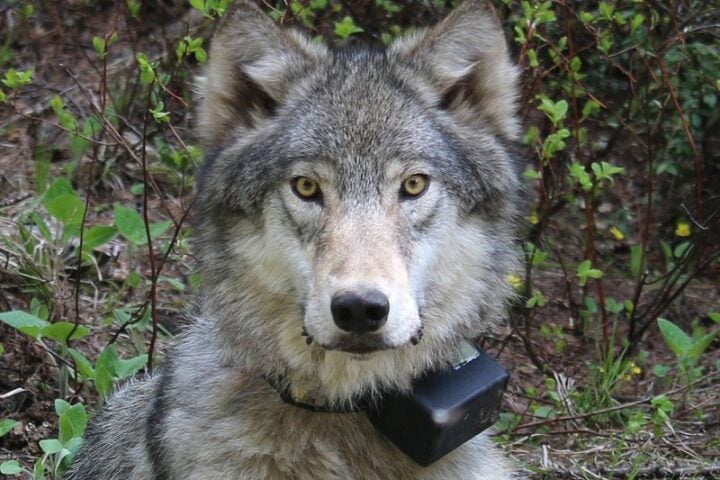
![Representative Image: European Starling [49/366]. Photo Source: Tim Sackton (CC BY-SA 2.0)](https://www.karmactive.com/wp-content/uploads/2025/04/Starlings-Drop-82-in-UK-Gardens-as-Birdwatch-2025-Reveals-Record-Low-Count-Since-1979-720x480.jpg)
